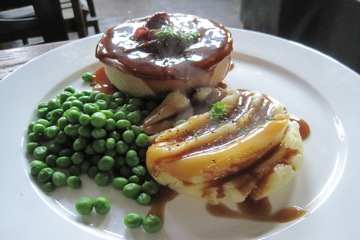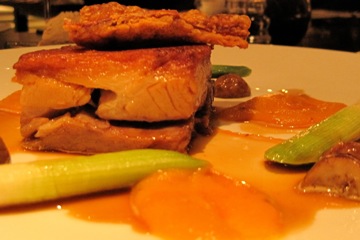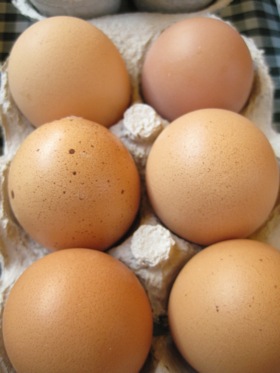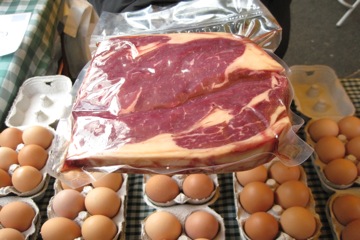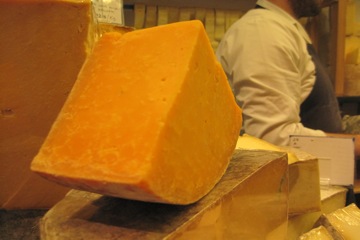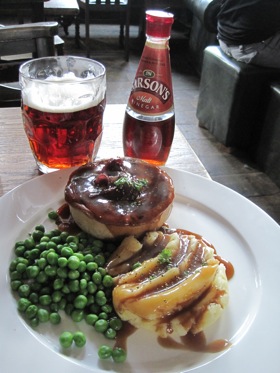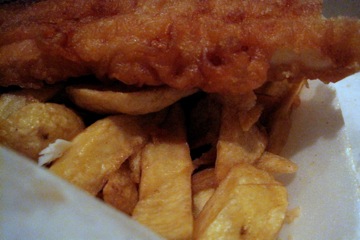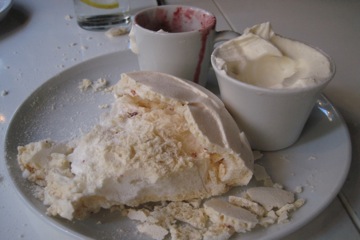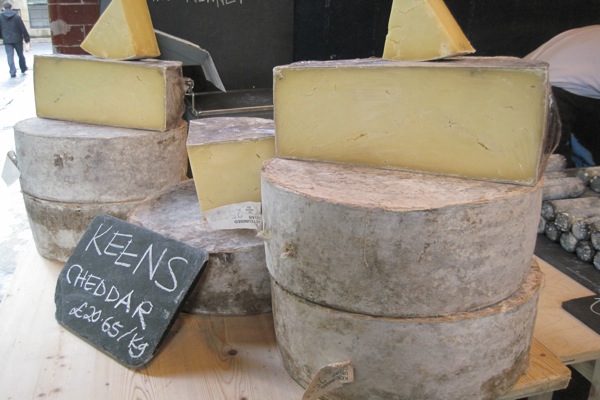
Photo: author
HOLD ON TO YOUR seats, ladies and gentlemen: it’s not just mushy peas anymore.
Well, actually, it IS mushy peas, but this time with a celeriac foam reduction and a duck egg Parmesan crostini in a martini glass on the side.
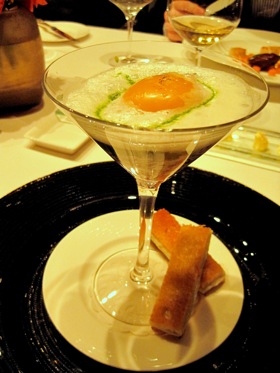
Photo: author
British food hasn’t necessarily changed; it’s just realized that hey, it can stand out on the international foodie scene, too. As Iqbal Wahhab, owner of Borough Market’s glass-walled, light-filled restaurant Roast put it, the British have just recently begun to value their own food traditions.
